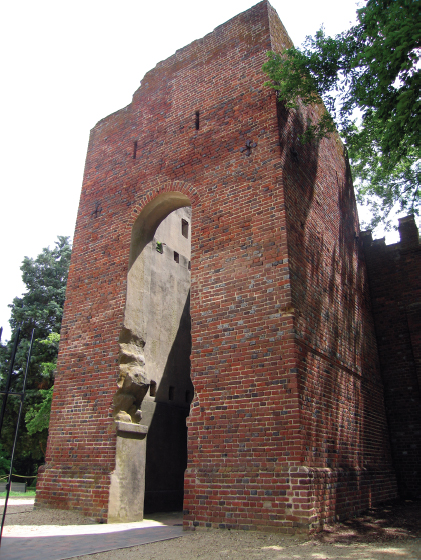Why did Chesapeake colonial society change in the late seventeenth century?
Printed Page 68

Figure false: Jamestown Church Tower
Figure false: This modern-day photograph shows the remains of the tower of the Anglican church that colonists constructed in Jamestown beginning in 1639. Nearby is the foundation of an older church, built in 1617, that also served as the site of the first meeting of the Virginia general assembly or House of Burgesses, the first representative legislative body in English North America. The churches illustrate the importance that Virginia’s leaders attached to maintaining the central English institution of worship and spiritual order in the fledgling colony. Courtesy of Preservation Virginia.
THE SYSTEM OF INDENTURED SERVITUDE sharpened inequality in Chesapeake society by the mid-seventeenth century, propelling social and political polarization that culminated in 1676 with Bacon’s Rebellion. The rebellion prompted reforms that stabilized relations between elite planters and their lesser neighbors and paved the way for a social hierarchy that muted differences of landholding and wealth and amplified racial differences. Amid this social and political evolution, Chesapeake colonists’ dedication to growing tobacco did not change.
CHRONOLOGY
ca. 1600–1650
- – Yeoman farmers predominate in the Chesapeake region.
1644
- – Opechancanough leads second uprising.
1660
- – Navigation Act requires that colonial products be shipped only to English ports.
1661–1676
- – No elections are called in the House of Burgesses.
1670
- – House of Burgesses outlaws voting by poor men.
1676
- – Bacon’s Rebellion.